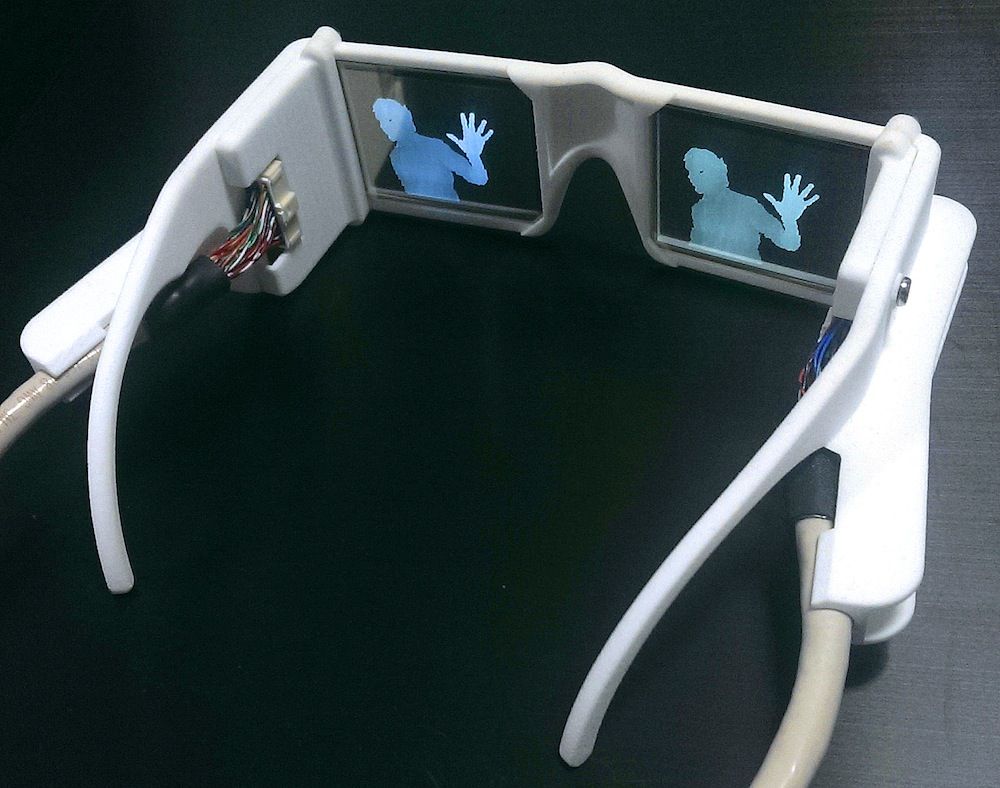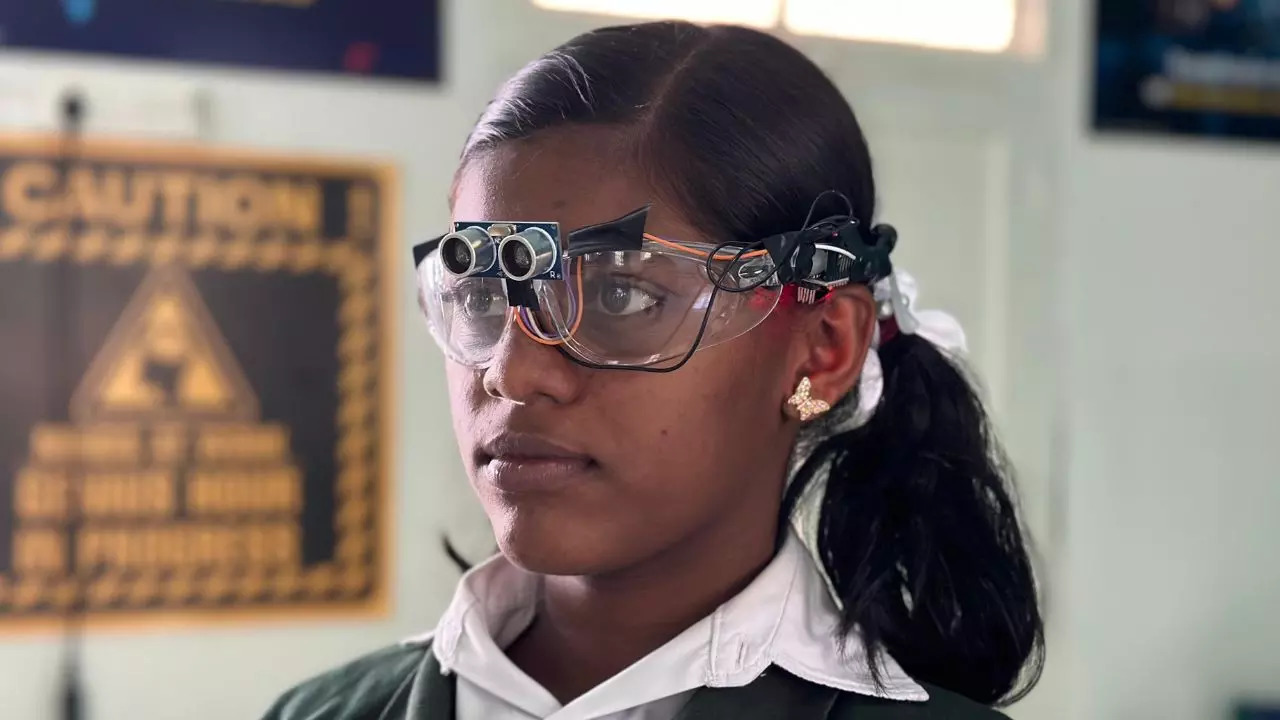Speech-to-Text Devices for Low Vision Users: Enhancing Communication and Productivity
Speech-to-Text Devices for Low Vision Users: Enhancing Communication and Productivity
Blog Article
Empowering Freedom With Assistive Innovation for the Blind
The assimilation of assistive modern technology for people that are blind or visually impaired represents a considerable development in fostering independence and improving lifestyle. With a series of gadgets-- from display viewers to cutting-edge tactile devices-- these innovations not just promote navigation and communication but also advertise social incorporation and engagement in various elements of life. As we explore the varied sorts of assistive devices and their real-world applications, it ends up being clear that the impact is profound. Yet, the development of this modern technology raises important inquiries about accessibility and future growths that warrant further assessment. Assistive technology for the blind.
Comprehending Assistive Innovation
Although assistive modern technology has actually advanced considerably throughout the years, its basic function stays the exact same: to boost the lifestyle for people with impairments, specifically those that are aesthetically impaired or blind. This innovation incorporates a wide series of tools and tools that promote freedom and performance in everyday activities.
Assistive innovation can be classified into low-tech and high-tech options, each made to satisfy particular needs. State-of-the-art gadgets often consist of software application applications, specialized hardware, and flexible devices that use advanced innovation to supply support in numerous contexts. Alternatively, low-tech remedies may entail daily things that are customized to improve accessibility, such as magnifiers or responsive markers.
The combination of assistive innovation right into the lives of people who are blind or aesthetically impaired not only advertises autonomy but additionally cultivates social incorporation and participation in educational and expert atmospheres. By leveraging these innovations, users can navigate their environments, gain access to information, and connect successfully, consequently enhancing their general lifestyle. Comprehending assistive innovation is vital for supporters, caretakers, and experts who aim to support people in optimizing their potential and attaining greater self-reliance.
Sorts Of Assistive Tools
Assistive gadgets for the visually damaged and blind are essential devices that enhance daily living by attending to details difficulties encountered by individuals. These tools can be generally classified right into three main types: optical devices, digital tools, and sensory gadgets.

Sensory devices, such as Braille screens and responsive maps, offer alternative methods to get info. Braille presents convert digital message right into Braille, making it possible for users to check out via touch. Tactile maps use spatial understanding through elevated structures and lines, enabling for far better environmental awareness.
Together, these assistive devices equip people with visual impairments to involve more totally with their surroundings, promoting higher freedom and confidence in day-to-day activities.

Effect On Every Day Life
The assimilation of assistive modern technology right into the daily lives of people who are visually damaged or blind dramatically improves their ability to browse and interact with the world around them. Devices such as screen readers, Braille shows, and mobile applications help with accessibility to info, enabling customers to engage with digital web content, connect effectively, and manage everyday tasks independently.
Additionally, innovations like wise glasses and navigating applications supply real-time help in unknown atmospheres, enhancing mobility and view self-confidence. These devices enable customers to recognize challenges, checked out indications, and even identify faces, thus fostering a feeling of freedom in public rooms. Additionally, home automation systems, which can be managed with voice commands, permit individuals to manage their living environments much more successfully, enhancing comfort and safety.
The influence of assistive modern technology extends past practical jobs; it advertises social incorporation and emotional well-being. By connecting the void in between people and their environments, these innovations equip individuals to participate fully in neighborhood activities, seek instructional opportunities, and involve in meaningful partnerships. Inevitably, the development of assistive technology contributes in redefining the possibilities for individuals that are blind or visually damaged, leading to a much more inclusive and easily accessible culture.
Success Stories and Testimonials

Another effective testimony comes from Mark, a current college graduate that made use of display reading software throughout his scholastic journey. This innovation allowed him to gain access to training course products and take part in conversations, ultimately bring about his effective change right into the labor clinical optometry meaning force. Mark credit reports assistive modern technology for equipping him to achieve his profession objectives, highlighting its role in leveling the playing area for individuals with aesthetic problems.
In addition, recreation center have actually reported raised engagement in their programs many thanks to the introduction of obtainable electronic systems. These platforms have made it easier for individuals to attach, share sources, and assistance one an additional. These success stories collectively highlight the profound impact of assistive modern technology in cultivating self-reliance, improving lifestyle, and breaking down obstacles for the blind and visually impaired neighborhood.
Future Fads in Assistive Technology
Arising innovations are poised to revolutionize the landscape of assistive technology for people who are blind or visually damaged. Developments in expert system (AI) and artificial intelligence are enhancing the capacities of gadgets, allowing even more intuitive customer experiences. AI-driven applications are increasingly able to check out and acknowledge things text out loud in real-time, providing users with beneficial details regarding their surroundings.
Furthermore, innovations in wearable technology are creating new opportunities for independence. Smart glasses geared up with enhanced fact features can overlay crucial details onto the user's visual field, facilitating navigating and communication with the setting. Furthermore, the integration of Net of Things (IoT) tools is simplifying accessibility in clever homes, permitting individuals to regulate appliances and obtain notifications through voice commands or tactile user interfaces.
The advancement of braille display screens and tactile responses systems is likewise on the rise, advertising access to electronic web content and enhancing communication. As these innovations proceed to develop, they guarantee to enhance everyday living, educational opportunities, and employment leads for individuals with aesthetic disabilities. Constant partnership in between technologists, customers, and campaigning for groups will certainly be vital in making certain these developments meet the needs of the neighborhood efficiently.
Conclusion
Finally, assistive innovation plays an essential function in boosting the self-reliance of people that are aesthetically impaired or blind. By providing vital devices and resources, these modern technologies assist in improved gain access to, interaction, and navigating to info, therefore fostering autonomy and self-esteem. The transformative impact of assistive gadgets not just advertises efficient communication with the setting however likewise encourages social inclusion and participation in different facets of life, inevitably equipping individuals to prosper within their neighborhoods.
The assimilation of assistive technology for people who are aesthetically damaged or blind represents a significant improvement in this website fostering freedom and improving high quality of life.The combination of assistive technology right into the lives of individuals who are blind or visually harmed not just advertises autonomy however likewise promotes social inclusion and participation in professional and instructional atmospheres. Ultimately, the improvement of assistive innovation is important in redefining the opportunities for people who are visually damaged or blind, leading to a much more available and comprehensive society.
Many individuals that are blind or aesthetically impaired have shared inspiring success stories that highlight the transformative influence of assistive innovation on their lives.In final thought, assistive innovation plays a critical function in boosting the self-reliance of individuals that are blind or visually damaged.
Report this page